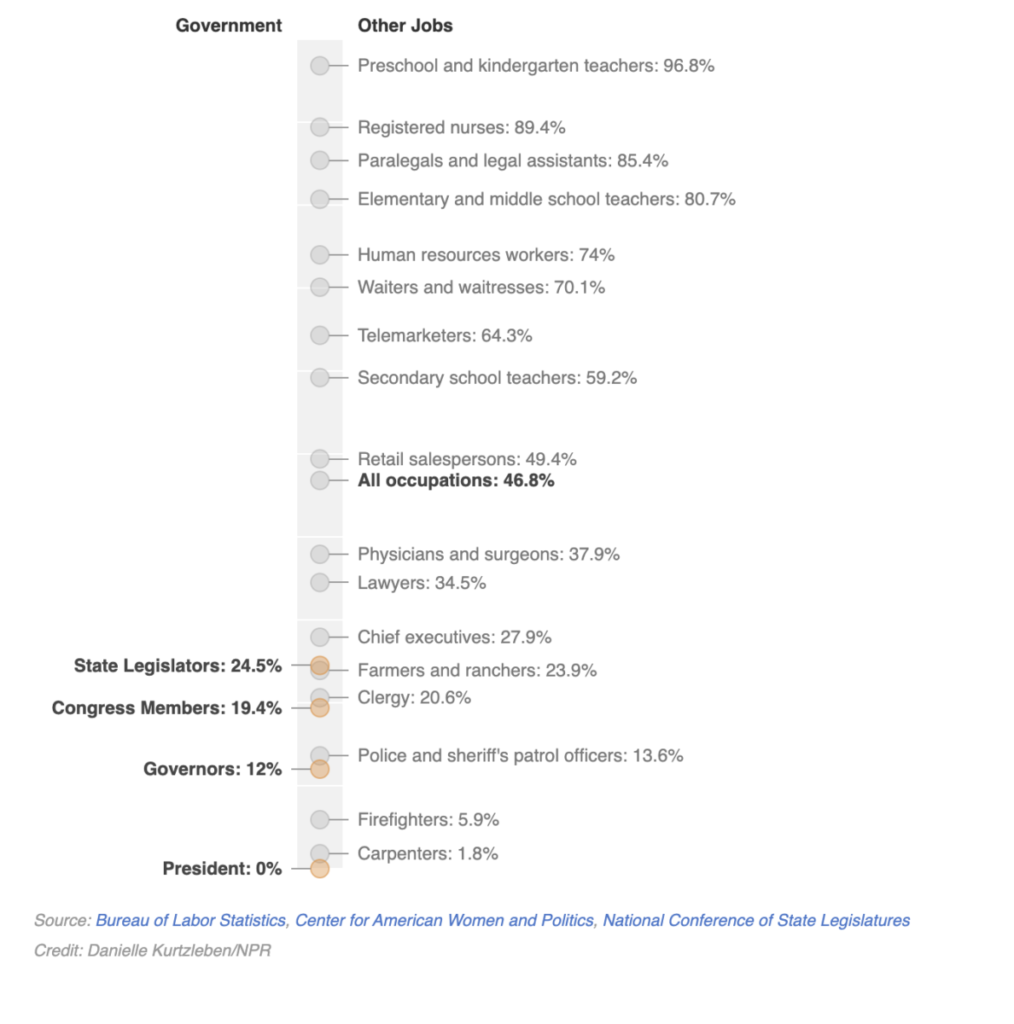Kate Hunter, Features Editor
@khuntercourant
In March, we celebrate women. So, in the spirit of women’s history month, let us reflect on the women who have shamelessly and courageously destroyed gender barriers, allowing the waters of opportunity to flood into female hearts. It is crucial that we recognize these powerful women, including Katharine Hepburn, Billie Jean King, and Oprah Winfrey, but also the journey ahead in achieving female equality
Katharine Hepburn (May 12, 1907- June 29, 2003), a Hartford, Connecticut native, was an actress. She used her social influence to redefine women’s wardrobe. Opposed to wearing the “ladylike” dresses that Hollywood audiences were accustomed to seeing, she would wear trousers and was often known for having tomboyish beauty. She did not partake in the 24/7 glamour that other actresses did at the time; instead, she would walk around in casual clothes and often refused to wear make-up. Despite her unique public image, Hepburn found much success in her work. In all, she won four academy awards and an Emmy.
Billie Jean King (November 22, 1943 – present) was a female tennis player. From a young age, she began wearing tennis shorts instead of skirts, something that was not easily accepted by her peers. Still, her tennis successes grew and she became the top-ranked player in the world in 1967, 1968, 1971, 1972, and 1974. Perhaps what makes King such an icon for gender equality though is her famed match the ‘Battle of the Sexes’. It was in this match that King beat male tennis player Bobby Riggs in three consecutive sets. This was a match that was eagerly watched by the nation, totaling an incredible 90 million people. Her victory quickly became a symbol of triumph and strength for women.
Oprah Winfrey (January 29, 1954- present) is the first African American woman to own a production company. Once a small-town Mississippi native, her popular talk show has allowed her influence to reach Americans and beyond. She has advocated to eliminate child abuse and played a vital role in drafting and lobbying the National Child Protection Act, which passed in 1994. Winfrey’s rough past adds a layer of strength and admiralty to her work that her audience respects. In 1994, Winfrey was nominated for the Women’s Hall of Fame.

Despite the achievements of these outstanding women and so many others, women are still oppressed in the workforce. According to NPR, only one in five congress members are women. While the number of women in politics has increased, the number of women actually holding high positions remains low. Why are women entering the field, but then not having the same opportunities to fill higher-level positions as men?
In addition to the underrepresentation of women in high positions, women still face a sexist ‘gender wage gap’. According to the Center for American Progress, this pay difference is based on four key factors: differences in jobs or industries worked, differences in years of experience, differences in hours worked, and blatant discrimination.
Women and men often work in different industries because women are pushed onto another path. There still are women’s jobs such as being a health-aid, nanny, or teacher. These jobs have lower wages compared to “men’s jobs”, which include working in construction, and mechanics.
Biologically, women have children. This results in women taking time off to have a baby and then care for it. This causes men to gain more years of experience while the mothers are staying at home, an unfair justification of why men are too often placed in higher positions and granted larger salaries.
Along the same lines, women work fewer hours because they have domestic obligations. As a maternal figure, women often want to spend quality time with their children and attend their special events. This is a major reason why more women work part-time than men, causing men to get higher pay.
Perhaps most alarming of all, discrimination plays a defining factor in the gender pay gap with women of color particularly. Some employers will rely on the past salary of a woman to base her new salary on, hurting a woman’s chances of ever receiving a higher paycheck.
On average, women are paid 20 percent less than men. In order to fix this problem, companies must provide equal opportunities for women to be promoted and companies need to be open-minded when women negotiate their position and pay. As a society, we need to stop segregating “men’s” and “women’s” jobs and encourage people to study what they are passionate about.
Susan B. Anthony may have started this movement in Seneca Falls back in 1848, but her reach is continuously extended by womens’ desire to finally receive complete gender equality.



